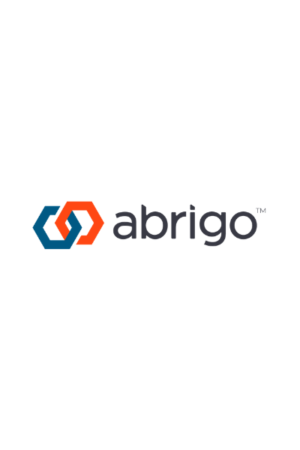Tax season is here. Monday, January 27th is the first day the IRS will begin accepting electronic tax returns. With more than 155 million individual tax returns expected to be filed in 2020, the threat of tax refund fraud is on the minds of consumers and financial institutions alike.
Instances of tax refund fraud saw an upsurge in the mid-2010s. In 2015, CNBC cited an IRS prediction for tax return fraud to hit $21 billion in 2016, up from just $6.5 billion in 2013. However, the IRS put new initiatives in place to combat tax refund fraud in 2017.
Some of the expanded protections/changes the IRS put in place last year include:
- sharing new data elements from tax returns,
- sharing new data elements from business tax returns,
- creating a new program between states and the financial industry,
- expanding the Form W-2 verification code initiative,
- continuing to enhance software password requirements for individuals and tax professional users.





